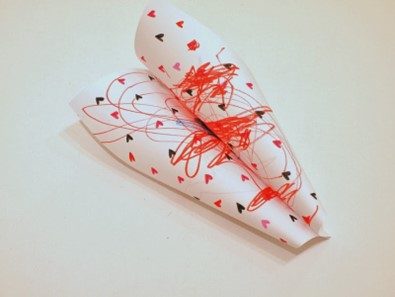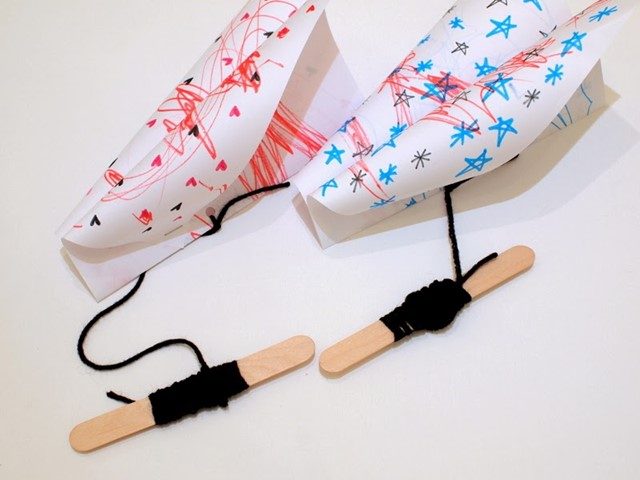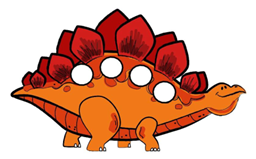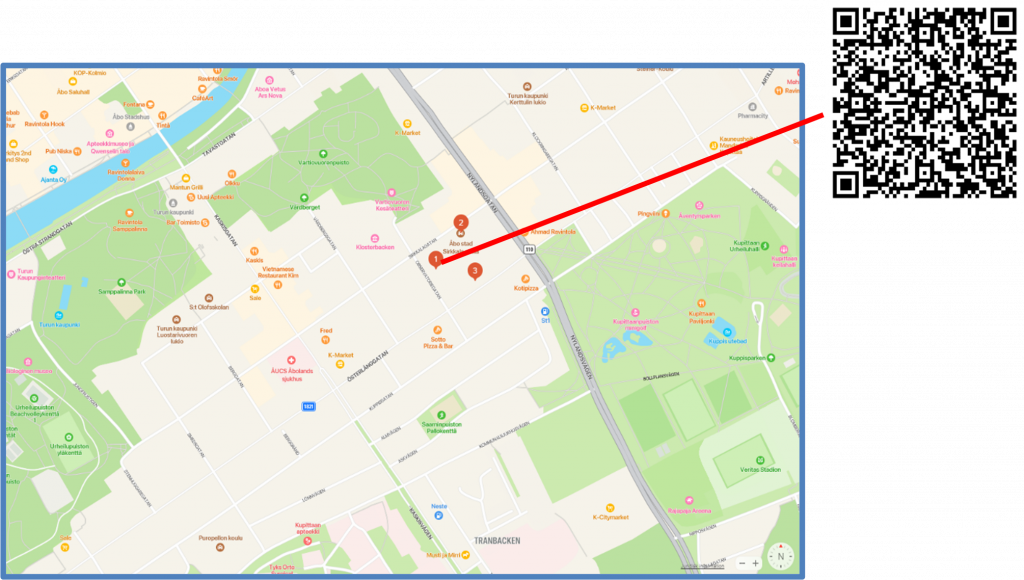Simple physics activities like this toy car friction experiment are a wonderful way to get kids thinking, exploring, problem solving, and observing what is happening around them.
All you need are some simple ramps, textured materials, and toy cars, and you are ready to go.
Extend the activity by applying the scientific method: get the kids to make predictions about which surface will be faster or slower, measure it with a stopwatch and make conclusions.
Tips For Exploring Ramps (Incline Planes)
Allow the kids to explore the bare ramp as they wish. They are going to be super excited to play that it is often best to let them explore the activity freely for a bit first.
You can also test out angles at this point. Change the position of the ramp and test out which ramp angles are faster or slower.
Which toy cars move faster? Heavier, lighter, longer, or shorter cars move at different speeds. This is a great way to get them thinking about the way things move.
Note: You may want to split this activity into two learning times since exploring the ramps or inclined planes is great fun and is a physics lesson in itself.
When the kids are ready, move on to your textured ramps. Let the kids feel the textures and describe them to you. This is a great time to introduce the term friction if you would like.
What Is Friction?
Friction is the resistance an object meets when moving over another surface. The materials you attached to the ramps changed the surface of the ramp. The different cars will experience different amounts of friction when going down these ramps causing the cars to speed up or slow down.
Toy Car Friction Experiment
Supplies:
- Materials to make ramps. You can use cardboard or wood planks.
- Toy cars
- Variety of textured materials to create friction. Hand towels, sandpaper, rubber grippy mats, tin foil, parchment paper, a piece of rug, or even dirt.
- Tape to secure materials if necessary so they do not slip off the ramps.
- Stopwatch and measuring tape. These are optional but a fun way to extend the activity and encourage making predictions.
Instructions:
- Choose the number and type of materials you want to test, and how many ramps you want to have available.
- Leave one ramp free of materials as a test ramp. Secure your materials to the other ramps as needed.
- Set up your ramps on an incline from same height. We used stairs, but you can also stack books.
- Gather your cars and kids.
Ask lots of questions. Before they test out the cars, have the kids guess which texture might slow down the car or speed it up as it goes down the ramp. Make predictions on which cars will go faster or slower.
Let the kids race cars down the different ramps. If appropriate, you can use a measuring tape to see how far the cars travel off the ramp.
Which car goes the farthest? Which car is the slowest? Which car crashes, falls off the ramp, or doesn’t make it to the end?
Experiment found from LittleBinSForLittleHands

 Now you can go out and fly your homemade kite! It takes a strong gust of wind to lift your kite, but if you run around (or ride your bike really fast) your kite will also float next to you.
Now you can go out and fly your homemade kite! It takes a strong gust of wind to lift your kite, but if you run around (or ride your bike really fast) your kite will also float next to you.

